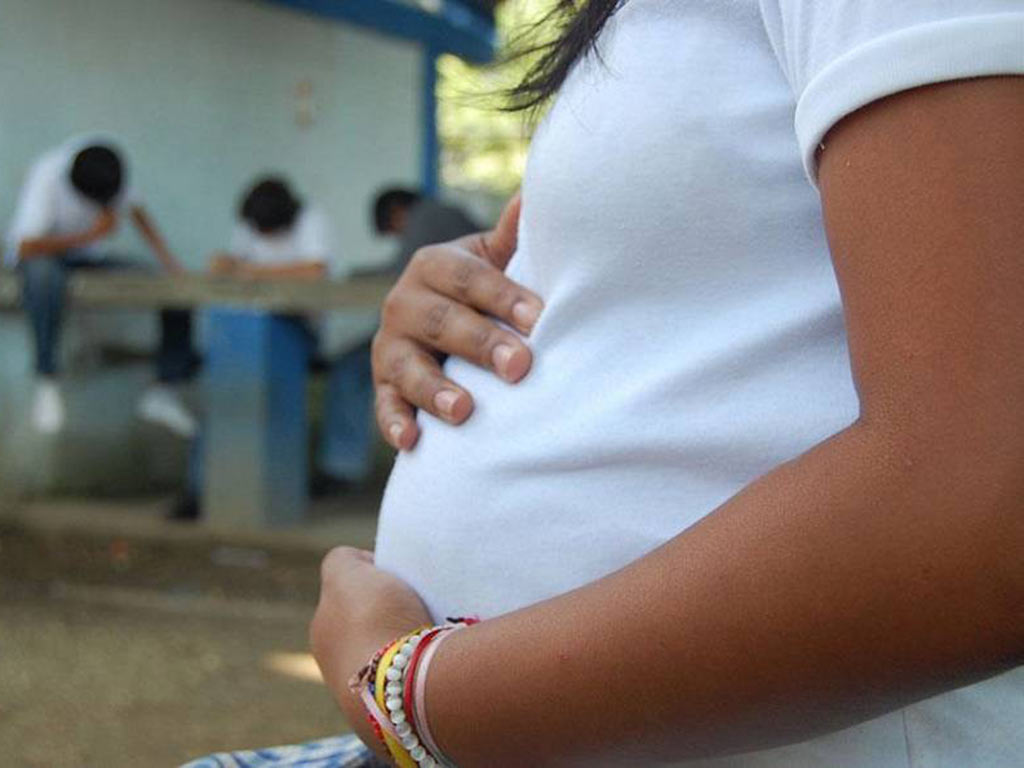“The case was recorded on cameras, but there are thousands that occur daily and unfortunately are not reported,” Claudia Hernandez, the director of Sobrevivientes (Survivors), a foundation to prevent violence against women, said.
She mentioned the girls who sell themselves on public streets, who lack the support of their parents or relatives and, consequently, do not go to the courts.
Hernandez also regretted that these types of cases are typified as sexual aggression, and have a maximum sentence of eight years, although it is generally reduced to five years in prison, which “are commutable.”
“Many rape cases begin when the victim is touched inappropriately, there is no other injury other than just the testimony of the victim and the judges do not take it as strong evidence, because they say there is no evidence,” she pointed out.
The girls most vulnerable to rape or sexual aggression are between 7 and 14 years of age, Mirna Montenegro, director of the Observatory of Sexual and Reproductive Health (OSAR), noted.
Her organization, based on the complaints filed with the Public Prosecutor’s Office, stated that 95 percent of those involved are minors and five percent are children.
Montenegro described as a negative factor (one of them) the fact that women, mainly from distant communities, are told that they should not file a report.
She referred to cases in which the victim of sexual violence became pregnant but lives with the aggressor, and when the baby is born the conditions of the minor worsen, she remarked.
jg/arm/mem/znc









